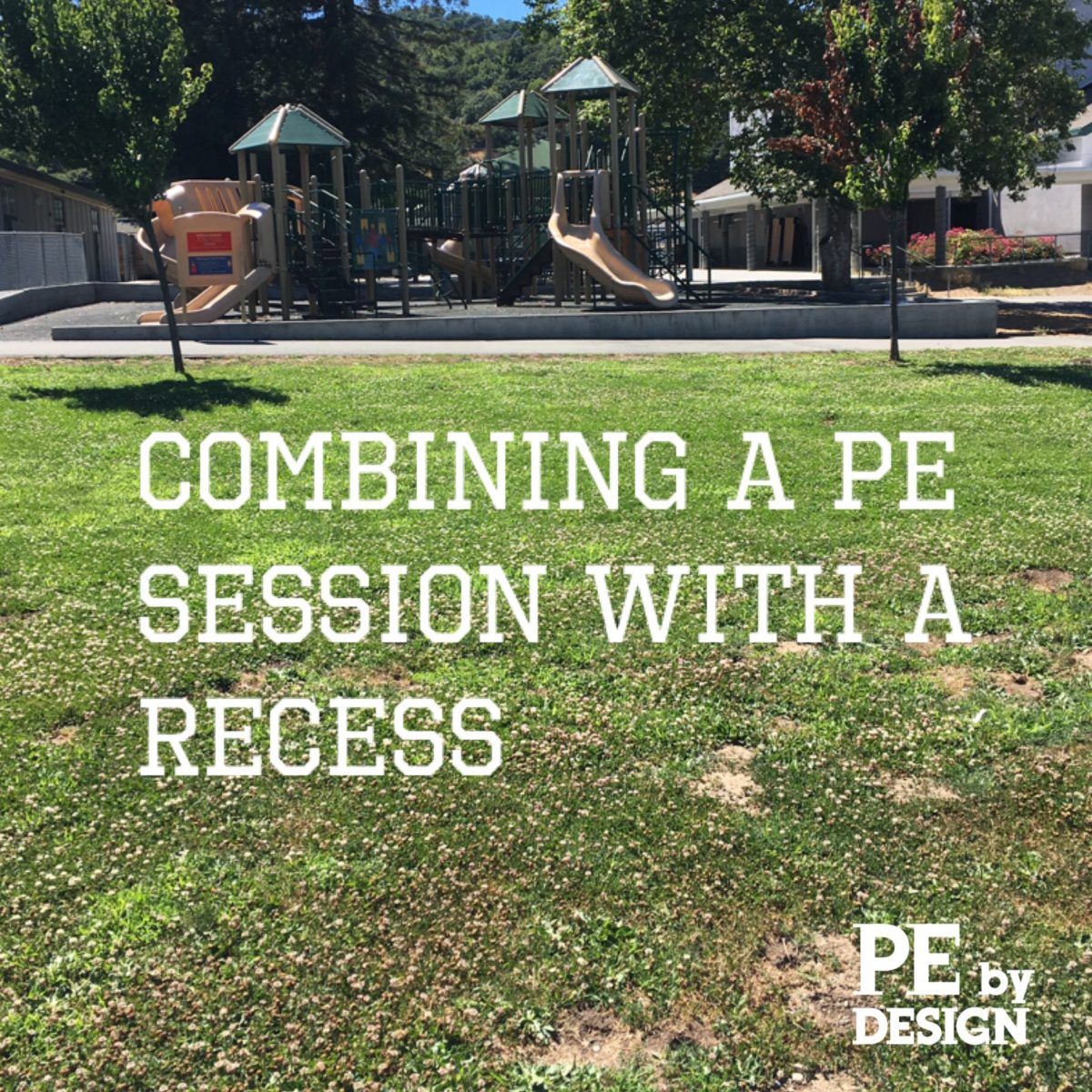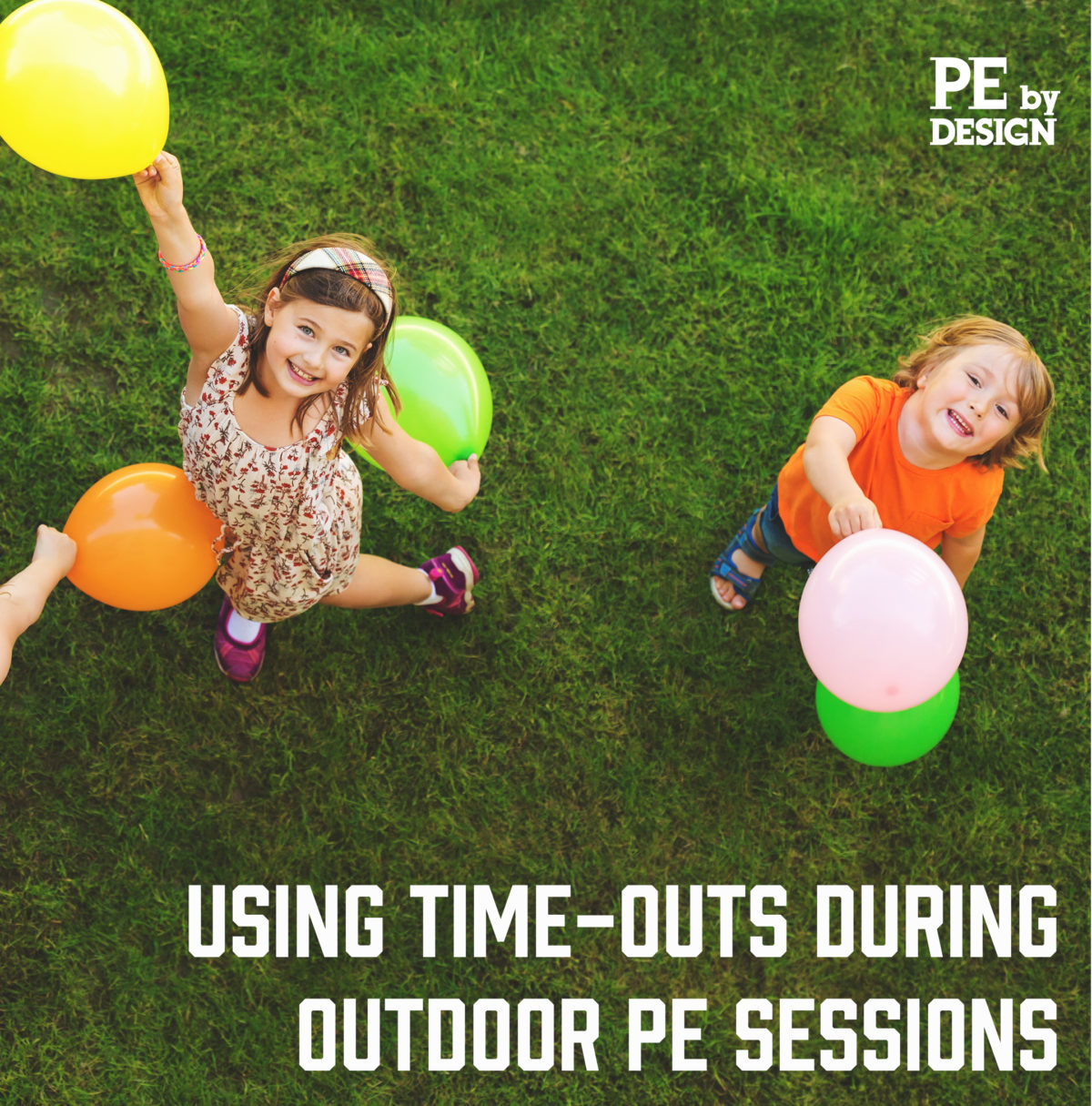Managing students outside the classroom can be daunting for K–5 classroom teachers who are planning a PE program. I will periodically offer PE class-management tips in this blog.
In the outdoor PE setting, students are energized and not always willing to follow directions. One way to encourage good behavior is to remove the incentives to misbehave. Rather than empowering students who seek attention through misbehavior, create an atmosphere where there are opportunities to gain attention through positive behavior. Praise students frequently. Students love receiving positive attention. Whether it’s a student who has good form on a push-up, or a pair of students who settle a dispute fairly in a game, point out those students whose actions contribute positively to the class.
For more tips, check out my book, PE by Design, which features a 15-page section on class-management strategies. To purchase the book, click here.






